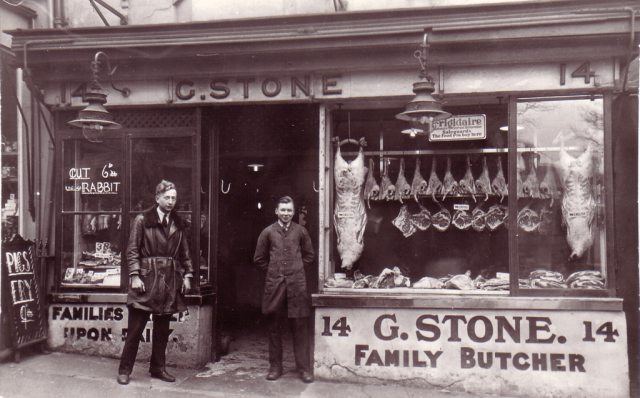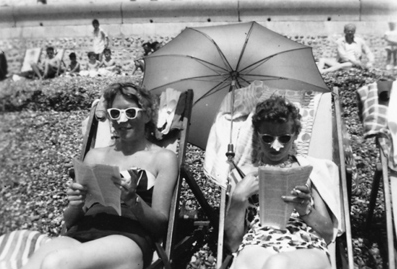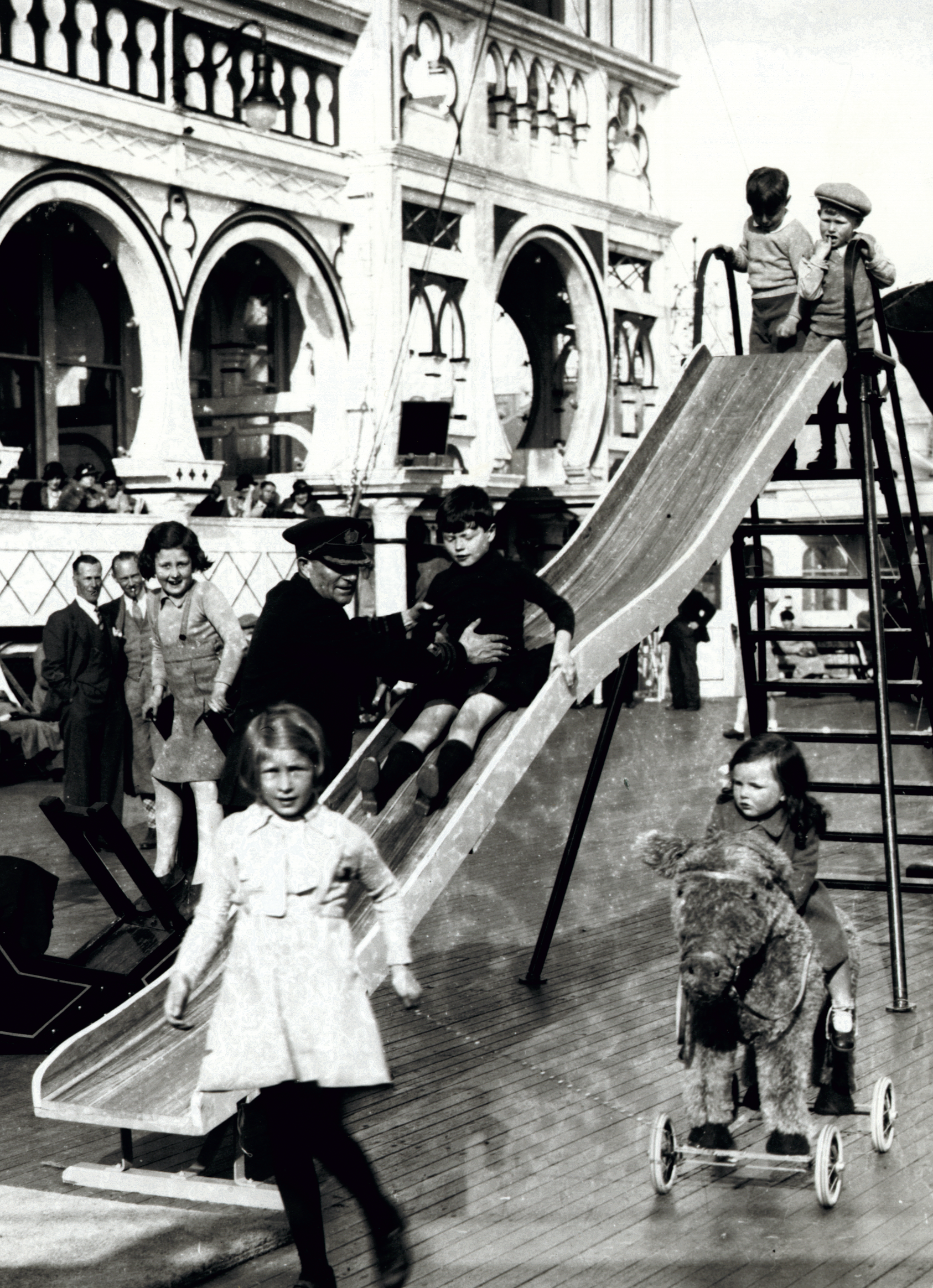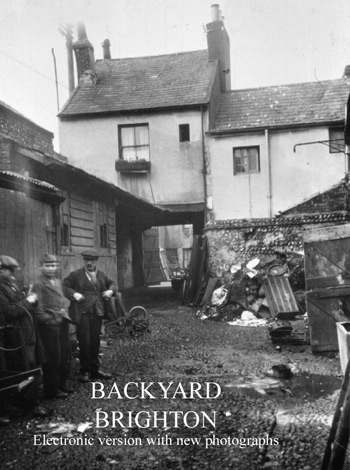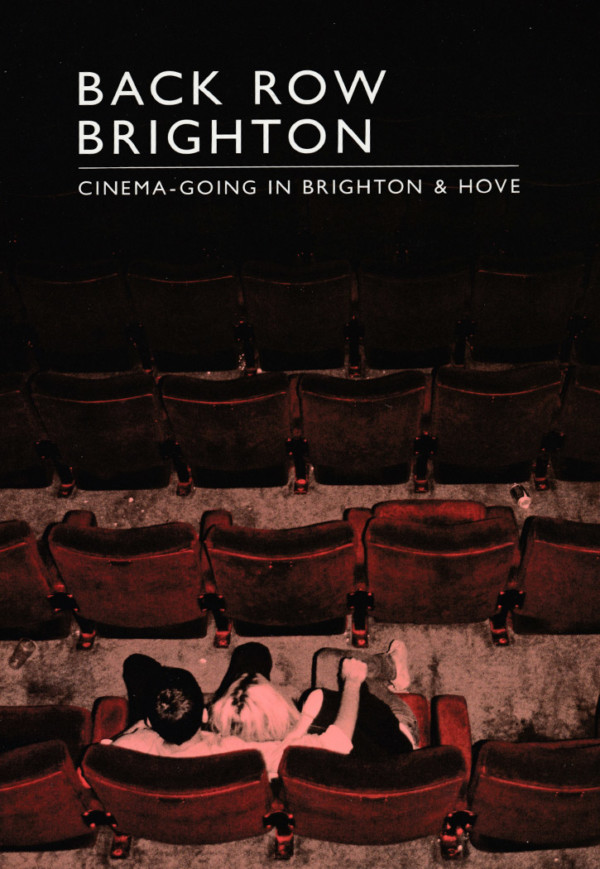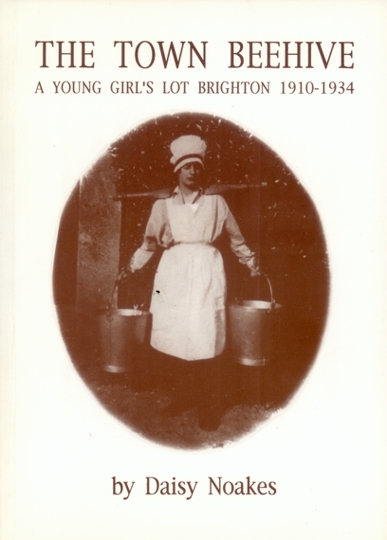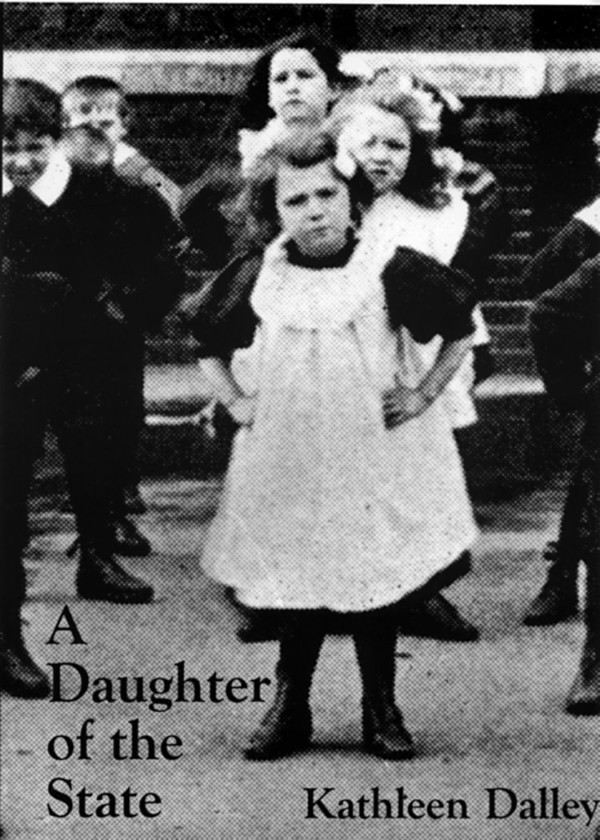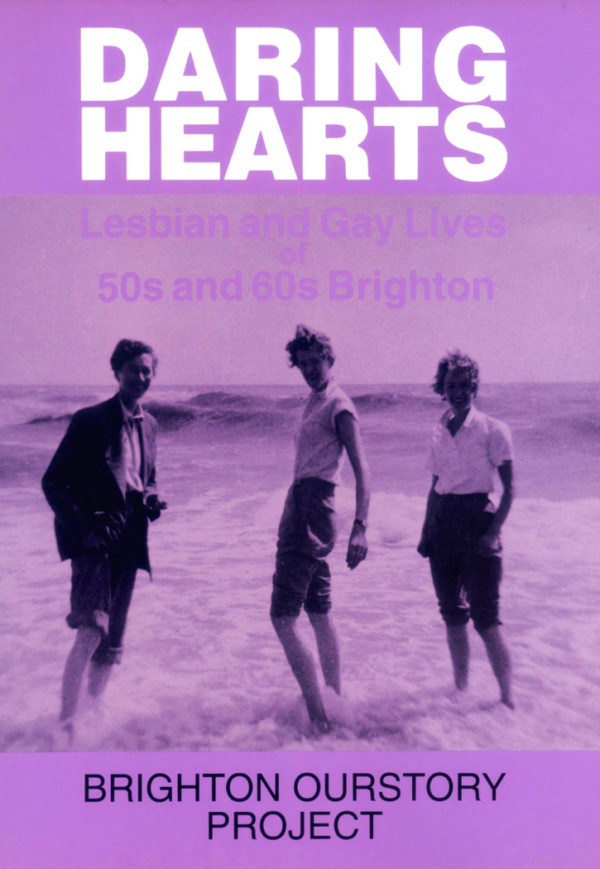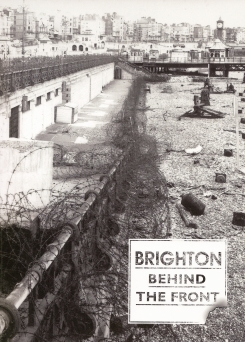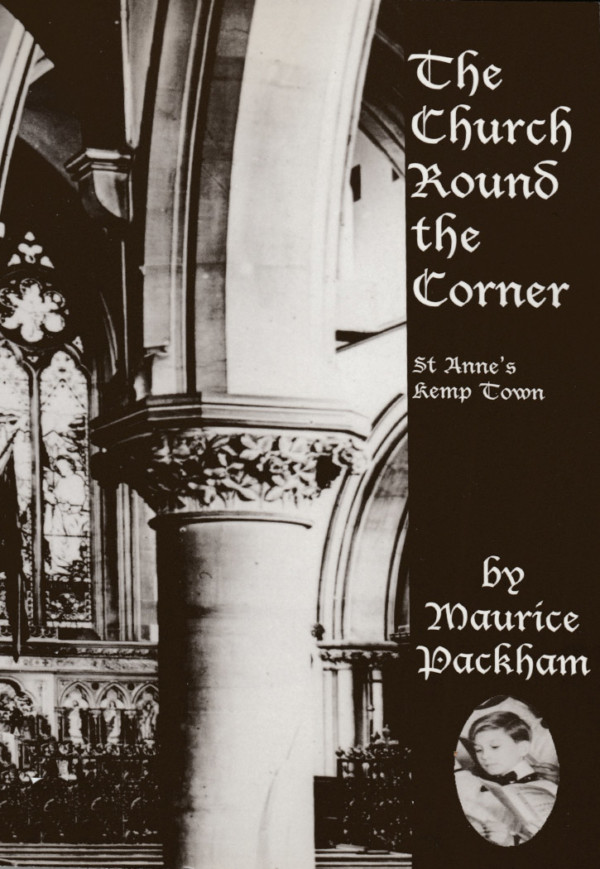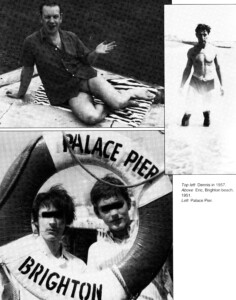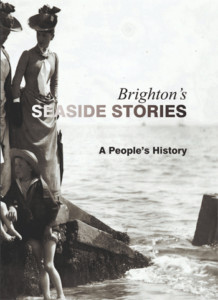Brighton has always been a place of change – even today, you only have to occasionally wander the North Laine or the high streets to be aware of shops and restaurants that constantly pop up, move location, or disappear completely.
Change in the residential areas has been continuous too, and this was never more apparent than in the 1930s and 1950s. Housing in various areas was condemned by the Environmental Health Department and re-built, sometimes dramatically altering the character of a street and the lives of its residents.
Historical images of pre and post-war Brighton
Brighton during the Second World War
During the Second World War time slowed as the seafront emptied of people and filled instead with barbed wire and other sea defenses. While Brighton is known today as London by the Sea, during the war the two places were different worlds. Brighton was a safe haven for many of the capital’s children as they were evacuated to the coast from their homes.
Despite its relative safety, Brighton wasn’t immune from attack. Some 56 Luftwaffe bombings were recorded across the war years and nearly 200 lives were lost. The town was used as a training centre for the Royal Navy and Brightonians who stayed in the city through the war did their bit. Many women served in the Land Army in the Sussex countryside, for example.
Through endless change It’s the feeling of the place that is its constant. The welcoming, ever so slightly quirky attitude and coastal pace of life.
Read more about Brighton’s local history in the 1930s to 1950s
We’ve captured the stories of Brighton people who lived through the evolution of the town in this period for you to enjoy.
See more of QueenSpark Books historical topics




